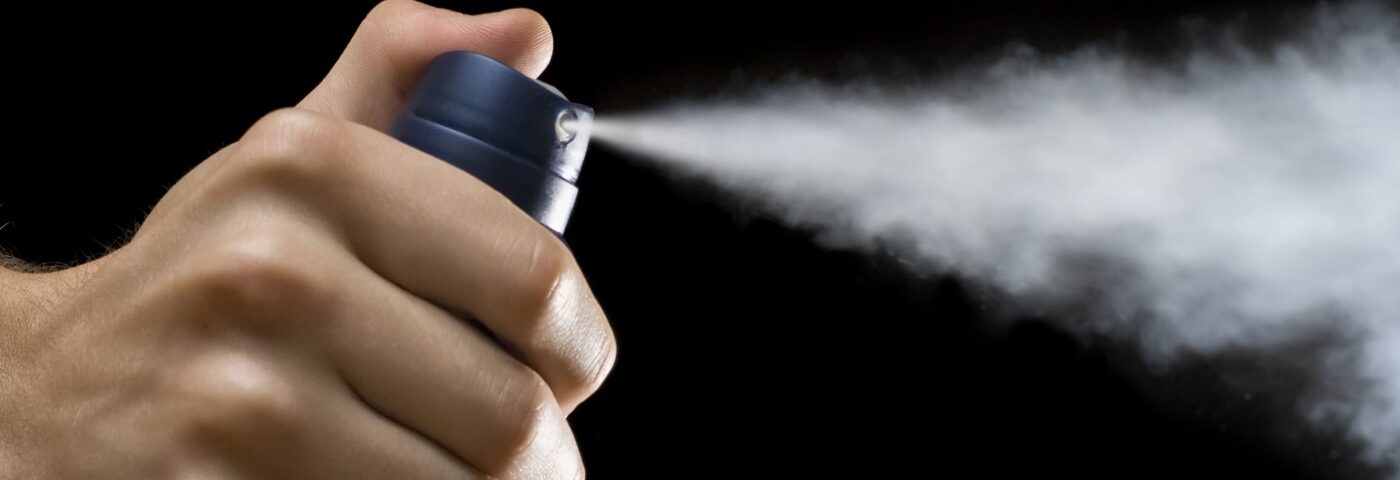Cosmetic products that contain water also need to include preservatives in order to kill microorganisms and prevent the growth of bacteria, mold or yeast. Broad-spectrum preservatives—which are effective against bacteria, mold and yeast—are recommended.
From parabens to ultra derivatives and isothiazolones, what are the commonly used preservatives? What are the natural alternatives and why are they controversial known antioxidants include:
1. Parabens. These are the most commonly used preservatives, and they are very effective against most bacteria and fungi. No direct evidence of a causal link between parabens and cancer has been discovered; however, there is research which shows that some parabens can have an estrogen-like effect.
2. Urea derivatives. These are effective against all types of microbes, including bacteria, fungi, and mold. They work in a wider pH range than parabens.
3. Phenol derivatives. They can be effective against a range of microbes, yet are not as effective as parabens and urea derivatives.
4. Alcohols. Benzyl alcohols, such as dichlorobenzyl alcohol, are effective preservatives. Like phenoxyethanol, benzyl alcohol should not be used in formulas that contain non-ionic surfactants because they may compromise its efficacy.
5. Quats. Quaternary ammonium compounds are typically used as hair conditioning agents. Many of them can also kill microbes.
6. Isothiazolones. They are effective at low use levels and are compatible in a variety of formulation systems.
However, due to the various concerns surrounding the use of these common synthetic preservatives and the increasing consumer demand for natural cosmetics, the cosmetic industry is continuously searching for new natural compounds that are able to limit the growth of microorganisms. So far, a few effective natural preservatives have found their way to the cosmetic market.
Natural preservatives come from organic matter and are often derived from plants, animals, fungi, and algae. Salt and sugar are both examples of natural preservatives, which also include plant extracts, chitosan, bacteriocins, bioactive peptides, and essentials oils. Natural preservatives have become an ostensibly better, safer alternative to synthetic preservatives. Since these preservatives are derived from plants, they do not exhibit the negative side effects of artificial preservatives.
Yet there has been some controversy surrounding the use of natural preservatives since most of the effective natural preservatives are also well-known antioxidants. Preservatives prevent microorganisms from growing and spoiling cosmetic products. Antioxidants slow down the process of oxidation and thereby prevent oils and other components from going rancid. As such, both preservatives and antioxidants are used to extend the shelf life of cosmetic products, but there are those in the industry who believe that these known antioxidants cannot function as preservatives.
However, researchers have proven that some antioxidants display antimicrobial properties which are effective against bacteria, fungi, protozoa and viruses, though it should be noted that most studies on the antibacterial effects of selected antioxidants have been on pathogens and indicator organisms, such as Salmonella spp., Staphylococcus aureus, Escherichia coli, Vibrio parahemolyticus, Clostridium perfringens and Clostridium botulinum.
Antioxidants such as polyphenols, vitamins, and carotenoids are the organic compounds commonly produced by plants in their living defense system; they are secondary metabolites (phytochemicals) synthesized by plants. Natural polyphenols are known to act as antioxidative, antibacterial, anticancer, anti-inflammation, and antiviral agents. As such, these phytochemicals may be able to replace synthetic antioxidants, some of which are suspected of causing damage to human health.
Known primarily as antioxidants, phenolic acids and flavonoids can directly affect bacterial growth and hinder their pathogenic activities, though the exact mechanisms by which these antioxidants act as antibacterial agents are still not fully understood.
Some research shows that these antioxidants’ antibacterial activity may involve three basic mechanisms: outer membrane permeability, cytoplasm leakage and inhibition of nucleic acid formation. Some demonstrate that the interaction of polyphenols with nonspecific forces such as hydrogen bonding, hydrophobic effects, lipophilic forces, and covalent bond formation is responsible for microbial adhesion.
The antibacterial activity of polyphenols may also be attributed to their capacity to chelate iron, since unchelated iron is vital for the survival of almost all bacteria. Polyphenols can also rupture bacteria cell walls, increase the permeability of cytoplasm membranes, and release lipopolysaccharides.
However, more recent studies on the antibacterial mechanisms of natural antioxidants have revealed that they are not as straightforward as previously assumed. For example, epigallocatechin gallate only induces clumping of FabG enzymes and does not display such an effect on other enzymes. In addition, it was discovered that flavonoids cause aggregation of bacterial cells. Clumping of bacterial cells due to treatment with flavonoids causes a reduction in the surface area of the bacterial population, which in turn reduces the oxygen consumption by bacteria. Reduction in the surface area of cells also decreases their nutritional uptake.
Although antioxidants tend to prevent bacterial growth at a slower rate, their actions are consistent and beneficial to human health, regardless of if they act directly or indirectly. As such, careful and continuous work to establish antibacterial profiles for these natural antioxidants can help institute these natural products as safer solutions—with negligible toxicity and less risk of bacterial resistance—against bacterial infections.
The downside of using natural preservatives is that their availability is limited. Naturally-sourced ingredients are sometimes challenging to acquire. Concerted R&D efforts by the cosmetic ingredient industry to develop advanced technologies to extract these molecules will hopefully improve this situation.
Feeling inspired?
Then why not visit one of the in-cosmetics events around the world?

